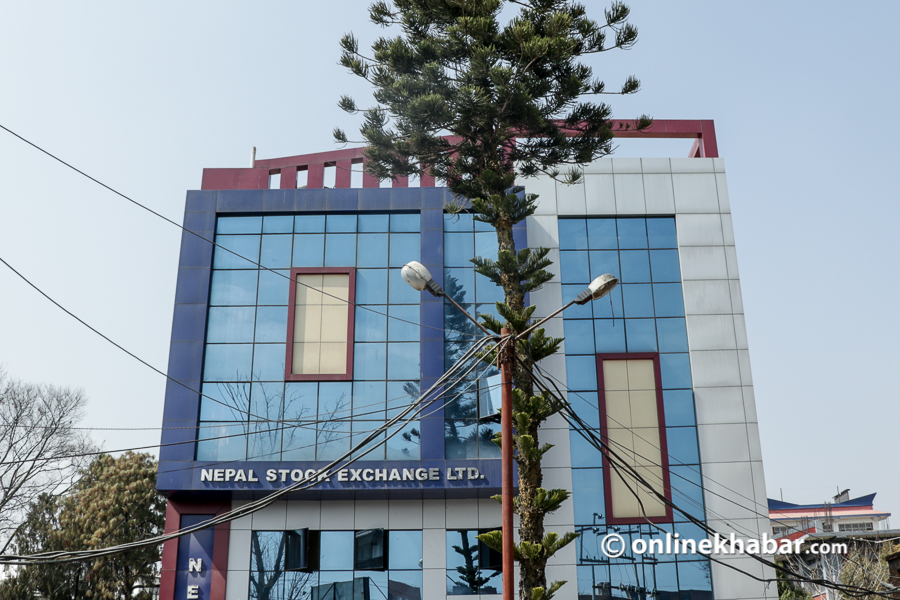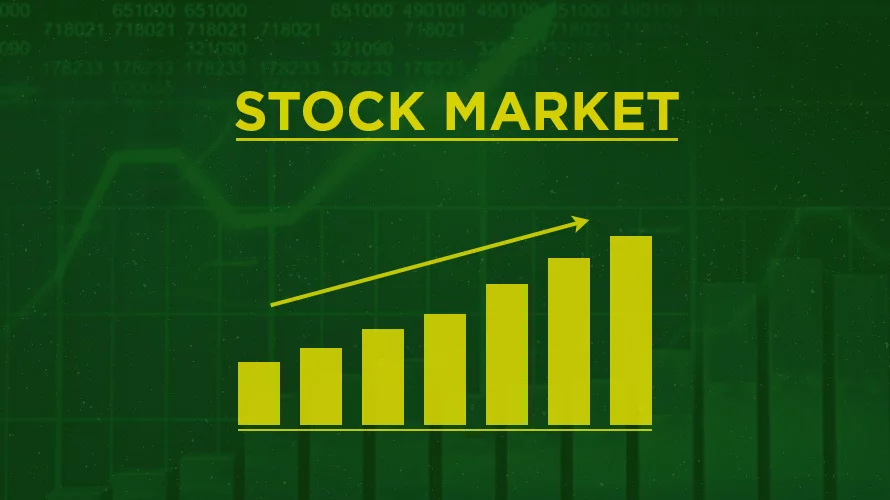
The stock market brings many financial opportunities. It is one of the few avenues that helps people generate wealth. This holds true in Nepal where there are limited sectors available for people to diversify their wealth.
Since the Covid pandemic, many people have gotten into Nepal’s stock market. During the pandemic, NEPSE introduced online trading and made it accessible to all as people recognised its profit-making opportunities, initiating a surge of interest and participation. However, many did so without proper knowledge or information.
This has led to many losing their hard-earned money as the stock market has gone down significantly over the past two years. To ensure this does not happen, people need to learn the basics of the stock market, acquaint themselves with terminology, and only then start trading.
So if you are just stepping into the stock market, here are some of the essential things that you must understand before you start.
Trading Account
A trading account is an essential tool for individuals looking to participate in the stock market. When a trader in Nepal decides to invest in the stock market, they would approach a licensed brokerage firm. This account is typically opened with a brokerage firm licensed by the Nepal Stock Exchange (NEPSE).
The purpose of a trading account is to enable individuals to buy and sell stocks listed on the NEPSE, typically offering real-time updates on the status of the account, including available funds, current holdings, and transaction history. For a trading account, the account balance is a crucial aspect of a trader’s financial position in Nepal’s stock market. It represents the total amount of money in the trading account at a given point in time.
Broker/Brokerage

A brokerage, in the context of finance and investing, refers to an individual or a firm that facilitates the buying and selling of financial assets on behalf of clients, who are typically investors or traders. The primary role of a broker is to act as an intermediary, connecting buyers and sellers in financial markets. In the Nepali context, brokers are typically enlisted with the entities registered with the Nepal Stock Exchange (NEPSE). There are 88 brokers in Nepal.
For traders in Nepal, selecting the right brokerage platform is crucial for executing trades efficiently. This involves considering factors such as licenses, fees, and customer support. It is also important to note that different brokers may have diverse fee structures. By carefully evaluating these aspects, traders can make informed decisions that match their financial objectives and preferences within the trading environment.
Portfolio management
When it comes to investment, a long-term investor usually focuses on a mix of stocks and bonds to balance risk and return. Since an investor has diverse stocks, portfolio management becomes crucial.
Investors usually have diverse financial goals, such as wealth creation, capital preservation, or generating income. To do this, one will need to understand the economic climate and tailor the portfolios accordingly. Portfolio management involves the strategic planning and oversight of a collection of investments to achieve specific financial objectives.
Indicators
Technical indicators are tools used by traders and analysts to analyse historical price data and identify potential trends or reversals in the financial markets. Moving Averages (MA) is one of the key terms to understand but it has many different subtypes that impact trading decisions. They are calculated by averaging a set of past prices over a specified period. They are used to smooth out fluctuations in price data and provide a clearer view of the overall trend.
Other Key Performance Indicators (KPIs) in trading are measurable metrics that help assess the effectiveness and performance of a trading strategy, portfolio, or individual trades. Other terms to understand are Return on Investment (ROI) which is the percentage gain or loss on an investment relative to its cost to measure the profitability of a trading strategy or investment portfolio. Another is the Relative Strength Index (RSI) which measures the speed and change of price movements to identify overbought or oversold conditions–typically ranges from 0 to 100.
High Risk, High Reward
Like any stock market, NEPSO also experiences fluctuations influenced by various factors, including economic conditions, political stability, and global market trends. In Nepal, like in any other market, the principle of high risk, and high reward applies to various investment opportunities. For example, investing in emerging sectors or small-cap stocks may offer substantial returns, but it comes with higher volatility and uncertainty.
Assessing the risk tolerance of the investment is crucial, considering factors like market stability, regulatory environment, and individual financial goals. Engaging in thorough research and consulting with financial advisors can help investors strike a balance between potential gains and risks in the context of Nepal’s specific market conditions.
Bullish/Bearish Market

One of the most common things said about the stock market is whether it is in a bear or a bull phase. Investors tend to show a greater willingness to purchase and retain stocks in a bullish market, with the expectation that prices will go higher. Whereas in a bearish market where prices of stocks are falling or expected to fall is often characterised by pessimism and low investor confidence.
While bull markets provide opportunities for capital appreciation, and investors may allocate their portfolios to take advantage of favourable market conditions, bear markets highlight the importance of risk management and the need for strategies that can help protect capital during downturns.
Market Orders and Limit Orders
In fast-paced markets or when the trader prioritises speed of execution, a market order ensures the trade is filled promptly. In trading, you need to know about the market order and the limit order. Market orders are executed immediately at the current market price, while limit orders are set to buy/sell at a specific price or better.
A market order is a directive to buy or sell security promptly at the prevailing market price, ensuring swift execution. However, the actual execution price may differ from the expected price and one starts trading with the Ask Price is the lowest price at which a seller is willing to sell a security or asset. On the other hand, a limit order is an order to buy or sell a security at a specific price or better. It allows traders to set a desired entry or exit point, and the order is executed only when the market reaches or improves upon the specified price.
Candlestick charts

In many markets, candlestick charts are widely used for technical analysis. These charts provide a visual representation of price movements over a specific period, commonly used for daily, weekly, or monthly analysis. Each candlestick on the chart displays the open, closed, high, and low prices for the given time frame. Uptick and downtick refer to small increases or decreases in the price of a security.
Traders use candlestick patterns to identify potential trends, reversals, or continuation patterns in the market. For example, a “bullish” candlestick pattern might indicate a potential upward trend, while a “bearish” pattern could suggest a potential downward trend.
Entry and Exit
In trading, this is the ultimate skill for one to hone–deciding when to enter (buy) and exit (sell) a trade. In this, identifying key support and resistance levels is crucial. Traders may enter a trade when the price reaches a support level, anticipating a bounce, or exit near a resistance level, anticipating a potential reversal. Traders need to align their entry and exit strategies with their overall investment goals, whether focusing on short-term gains or long-term growth.
Entry and Exit strategies may involve specific price points, technical indicators, or fundamental factors including the ones described above. Analysing candlestick patterns can guide entry decisions. Setting predefined profit targets is a common exit strategy where traders may close a position when the price reaches a specific level, securing profits. Staying informed about regulatory changes in Nepal is essential as it can affect market dynamics and influence entry and exit decisions.




















